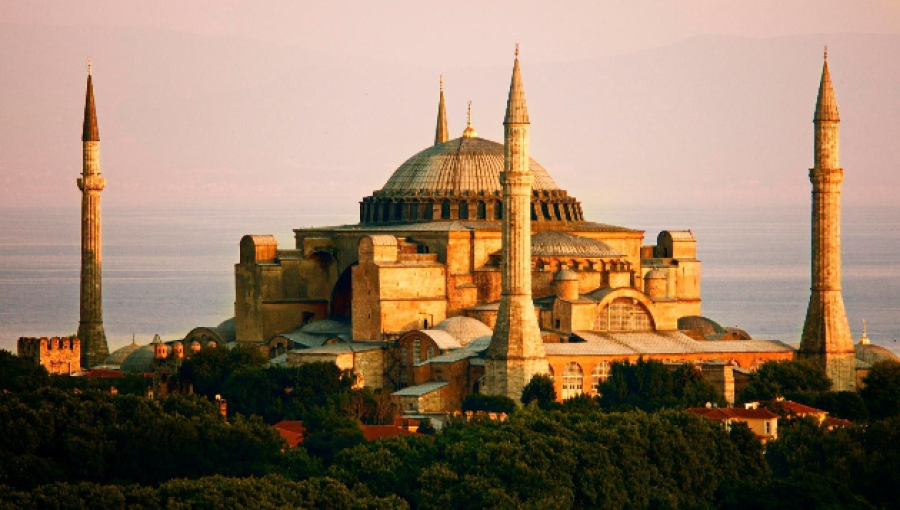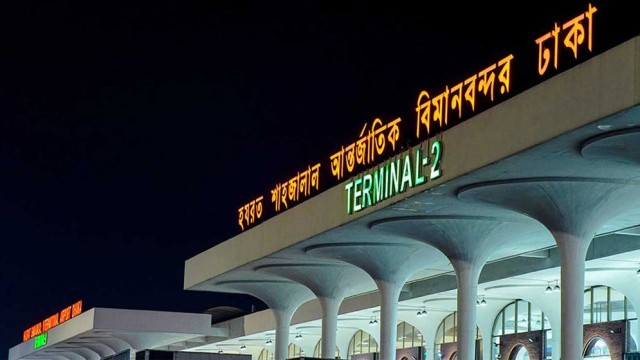Standing as an emblem of architectural brilliance and religious significance, Hagia Sophia has been a testament to the interplay of civilizations, faiths, and historical epochs. Originally built as a Christian cathedral, later repurposed as a mosque, and currently functioning as a museum, its journey through time reflects the complex tapestry of human history and the enduring quest for spiritual expression.
Hagia Sophia: A Testament to Architectural Ingenuity and Religious Transition
Commissioned by Emperor Justinian I of the Byzantine Empire, construction of Hagia Sophia began in 532 AD and was completed in 537 AD, an astonishing feat of engineering and craftsmanship for its time. Designed by the architects Isidore of Miletus and Anthemius of Tralles, the structure melded Roman engineering prowess with innovative architectural concepts. Its vast dome, soaring to a height of 55.6 meters (182 feet), was the largest in the world for over a millennium and remains an awe-inspiring marvel of engineering ingenuity.

The Hagia Sophia was the world's largest cathedral for nearly a thousand years and served as the epicenter of the Eastern Orthodox Church until 1453. Following the Ottoman conquest of Constantinople, it was converted into a mosque by Sultan Mehmed II, reflecting the city's new Islamic identity. The structure's exterior, with its massive buttresses and graceful minarets added during the Ottoman era, reflects the evolving styles and influences that shaped its identity over the centuries. Inside, the vast interior space is adorned with intricate mosaics, marble pillars, and calligraphic inscriptions, creating an atmosphere of ethereal beauty and serenity.
The Hagia Sophia is renowned for its massive dome, considered a marvel of engineering and a paradigm of Byzantine architecture. The dome, supported by pendentives, creates an ethereal sense of space and light within the structure. The interior is adorned with Christian mosaics and Islamic calligraphy, showcasing the religious transitions over time.
Read: The Jewel of Brunei: Sultan Omar Ali Saifuddin Mosque
The historical tapestry of Hagia Sophia is rich and complex, reflecting the religious changes that have played out in the region over the centuries, with the minarets and inscriptions of Islam as well as the lavish mosaics of Christianity. The structure was rebuilt in 537 after being destroyed during the Nika revolts against Emperor Justinian I. It has served as a cathedral, mosque, and now a museum, embodying the rich history of Byzantine architecture and religious transition.
The Hagia Sophia, with its monumental dimensions, golden mosaics, and marble pavement, remains a profound example of human engineering, architecture, history, art, and politics united under one roof. Throughout history, it has been the largest church of Orthodox Christianity, a Roman Catholic cathedral, mosque, and museum. Though it was converted back into a mosque, this building remains one of the most important places for Orthodox Christians, influencing the construction of similar churches across the world.
The Hagia Sophia, a symbol of Byzantium, has undergone various transformations, reflecting the religious and cultural shifts that have shaped its identity over the centuries. Its enduring legacy as a UNESCO World Heritage Site ensures that its historical and architectural value continues to inspire and captivate visitors from around the world.
Role and Significance
Hagia Sophia's significance transcends its physical grandeur; it has served as a focal point for religious worship, political power, and cultural exchange throughout its history. As the center of Orthodox Christianity for nearly a millennium, it hosted coronations, imperial ceremonies, and theological debates, shaping the spiritual and intellectual landscape of Byzantine civilization.

In 1453, following the conquest of Constantinople by the Ottoman Turks, Hagia Sophia was converted into a mosque, symbolizing the triumph of Islam and marking the beginning of a new chapter in its storied existence. Under Ottoman rule, the building underwent modifications, including the addition of minarets, mihrab, and a minbar, blending Islamic architectural elements with its Byzantine heritage.
Islamic Importance
For Muslims, Hagia Sophia holds profound religious and historical significance. Its conversion into a mosque symbolized the expansion of Islam into new territories and the establishment of Ottoman hegemony over the Eastern Mediterranean. The call to prayer echoed within its hallowed halls for centuries, uniting believers in worship and affirming the enduring presence of Islam in the heart of Constantinople, renamed Istanbul.
Read: A Testament to Islamic Heritage
Beyond its religious function, Hagia Sophia served as a cultural beacon, inspiring artists, poets, and scholars across the Islamic world. Its architectural splendor and spiritual aura left an indelible imprint on Islamic civilization, shaping artistic traditions and architectural styles for generations to come.
Legacy and Contemporary Context
In 1935, under the leadership of Mustafa Kemal Atatürk, Hagia Sophia was transformed into a museum as part of Turkey's secularization efforts, reflecting the country's commitment to pluralism and cultural heritage. This decision aimed to reconcile Turkey's Islamic heritage with its modern, secular identity, positioning Hagia Sophia as a symbol of tolerance and coexistence.
However, in July 2020, amidst controversy and international debate, Hagia Sophia was reconverted into a mosque by the Turkish government, reigniting discussions about the intersection of religion, politics, and cultural heritage. The decision sparked both celebration and condemnation, underscoring the enduring complexity of Hagia Sophia's legacy and its role in shaping contemporary discourse.
Read: A Symbol of Islamic Grandeur, Unity, and Architectural Innovation
Hagia Sophia stands as a testament to the enduring power of human creativity, faith, and resilience. Its majestic domes and timeless beauty remind us of the shared heritage of humanity and the richness of cultural exchange. As we contemplate its multifaceted history and significance, we are challenged to reflect on the values of tolerance, respect, and understanding that must guide our interactions in an increasingly interconnected world. Whether as a mosque, a museum, or a symbol of shared heritage, Hagia Sophia continues to inspire awe and reverence, inviting us to explore the depths of our common humanity.






























Comment: